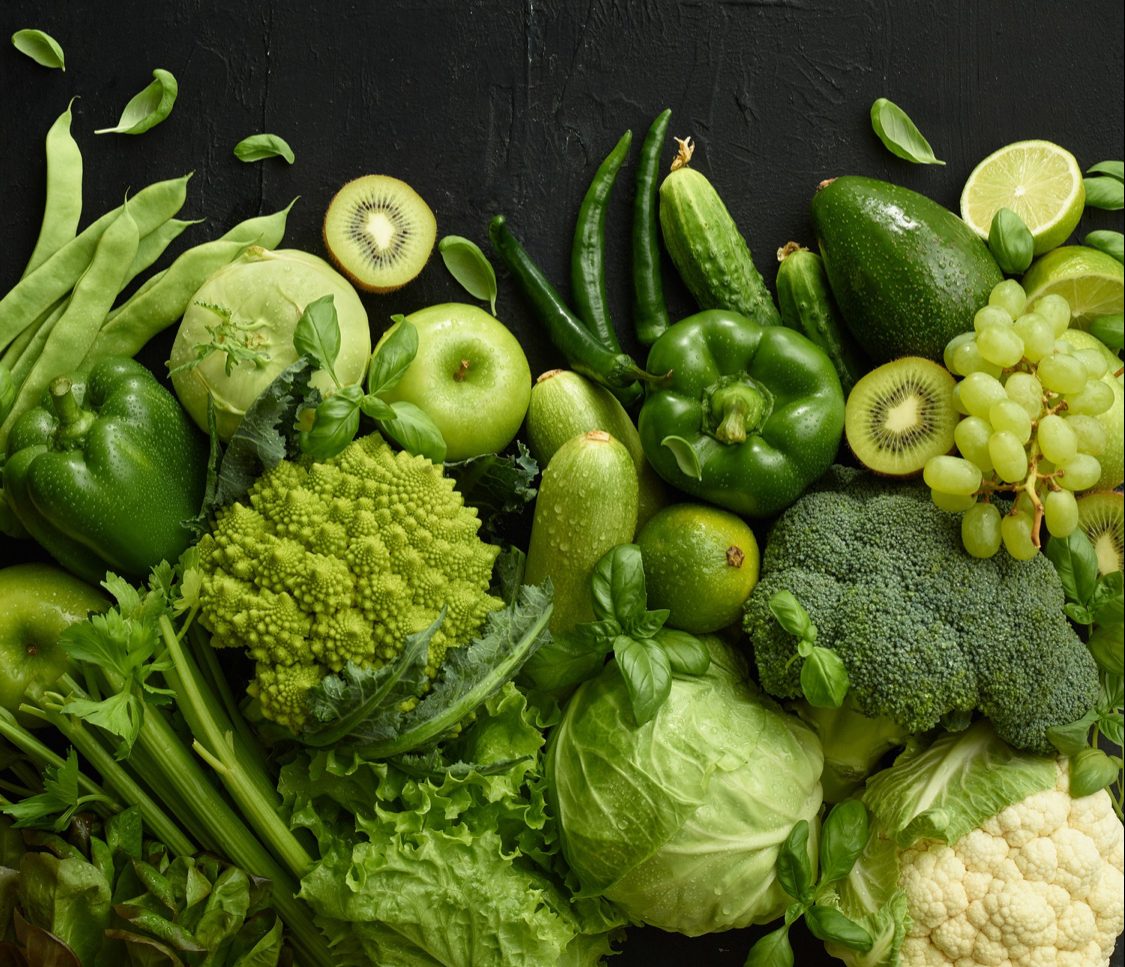Cooking oil serves as a fundamental ingredient in every kitchen, vital for a wide range of culinary applications—from frying and sautéing to marinating and garnishing. However, the increasing prevalence of adulteration in cooking oils raises serious health concerns for consumers. Recently, the Food Safety and Standards Authority of India (FSSAI) revealed the troubling presence of metanil yellow, a banned dye, in several adulterated oils. Understanding the dangers of cooking oil adulteration is crucial for safeguarding your health and that of your family.
The Risks of Adulteration
As the demand for cooking oil rises, so do its prices, prompting some producers to resort to unethical practices. Many blend oils with cheaper, lower-quality alternatives. A recent FSSAI survey highlighted that nearly 24% of edible oils available in the market are adulterated, underscoring the alarming scale of this issue. Consuming these adulterated oils can lead to severe health risks, including heart disease, liver damage, and allergic reactions. This situation leaves consumers questioning the purity and safety of the oils they use daily.
Common Practices of Edible Oil Adulteration
Producers employ various methods to adulterate edible oils, making it essential for consumers to stay informed. Here are some common practices:
- Mixing with Cheaper Oils: Unscrupulous producers often replace higher-quality oils with cheaper alternatives. For example, they might adulterate palm oil with sesame or groundnut oil, compromising both flavour and nutritional value.
- Combining Cold Press and Refined Oils: Cold press oils, known for being extracted without chemicals or solvents, frequently mix with refined oils. This practice dilutes the quality and health benefits of the oil.
- Over-Refining: Manufacturers often over-refine low-quality oils, bleaching or deodorizing them to eliminate natural flavours and nutrients. This process not only affects taste but also diminishes the health benefits of the oil.
- Partial Hydrogenation: Some producers partially hydrogenate oils to improve texture and extend shelf life. This process introduces harmful trans fats, linked to various health issues, including heart disease.
- Adding Food Colorants: Certain cooking oils may contain carcinogenic food colorants, such as metanil yellow. These additives pose serious health risks, especially with regular consumption.
- Contamination: Environmental factors contribute to the presence of pesticide residues, heavy metals, and other contaminants in oils. Additionally, improper storage of oilseeds can lead to the production of mycotoxins, which are toxic compounds produced by fungi.
What to Look for When Buying Cooking Oil
When purchasing cooking oil, consumers should remain vigilant and informed. Here are six critical factors to consider to ensure the quality and safety of the oil:
- Ingredients: Always read the label carefully. Ensure that the oil lists only the specified ingredient and is not a blended product. This step helps you avoid surprises regarding the oil’s quality.
- Appearance: Be cautious of oils with unusually vibrant colours or strong fragrances, as these may indicate synthetic additives. Pure oils typically have consistent colours and mild scents.
- Packaging: Adulterated oils often come in misleading packaging. Look for deceptive images on labels that may mask the true content and quality of the oil.
- Manufacturing Details: Check the manufacturing and expiry dates to verify the oil’s freshness and quality. Freshness is crucial for maintaining the oil’s flavour and nutritional benefits.
- Price: Exercise caution when encountering oils that are significantly cheaper than their competitors. High-quality oils typically come at a cost due to the production methods involved, so a low price may indicate poor quality.
- Shelf Life: Understand that pure oils often have a shorter shelf life compared to adulterated oils, which may contain preservatives to prolong their usability.
Easy Home Tests to Check Your Oil Purity

To combat the risks associated with adulterated cooking oils, the FSSAI provides several straightforward tests that consumers can perform at home. Here are some methods to check the purity of your cooking oil:
- Refined Oil Test: To test refined oil for adulteration, combine half a cup of refined oil with a spoon of cold butter in a glass. After a few minutes, if the butter thickens or changes colour, the refined oil is likely adulterated.
- Mustard Oil Test: For mustard oil, add a teaspoon of nitric acid to half a cup of the oil and mix gently. A colour change or the formation of a ring on the surface indicates adulteration.

- Groundnut Oil Test: Refrigerate half a cup of groundnut oil for 2-3 hours. If the oil solidifies, it is likely adulterated; pure groundnut oil will remain liquid.
- Olive Oil Test: To test olive oil, refrigerate a small portion for 24 hours. If it does not solidify, the oil is likely adulterated.
- Coconut Oil Test: Place coconut oil in the fridge at 5-10 degrees Celsius for 90 minutes. If two layers form—coconut oil at the bottom and another oil on top—this indicates adulteration.
Conclusion: Protecting Your Health
The presence of adulterated cooking oils poses significant risks to public health, with potential long-term consequences for consumers. By raising awareness of the dangers associated with these oils and employing simple home tests, individuals can make safer choices in their kitchens. By remaining vigilant and informed, you can protect your health and that of your family, ensuring that the oils you use for cooking are both pure and nutritious. Prioritizing the quality of cooking oil not only enhances your culinary experiences but also contributes to a healthier lifestyle.
 Food Manifest
Food Manifest 

















